A floral entry in Pasadena's rose parade, circa 1902. California State Library
The Rose Parade began as a warm weather postcard to the shivering East
In the late 19th century, Pasadena was a sleepy town of citrus growers and wealthy vacationers.
It was a local fox-hunting club, whose members hailed from parts east, that had the idea to showcase the area’s mild Mediterranean climate.
“In New York, people are buried in the snow,” the Massachusetts-born writer Charles Frederick Holder declared. “Here our flowers are blooming and our oranges are about to bear. Let’s hold a festival to tell the world about our paradise.”

Charles Frederick Holder, with his greyhounds circa 1888-1910, helped pioneer the Tournament of Roses Parade.
California State Library
A parade and afternoon games were staged starting in 1890. Townsfolk dressed in their finest and rode buggies festooned with flowers. There were polo matches, bronco busting demonstrations, and tug-of-war contests. A camel raced an elephant.
In 1902, an East vs. West college football game was held that later became the Rose Bowl.

The Tournament East–West football game was held in 1902 and eventually became the Rose Bowl, the country’s oldest bowl game.
Los Angeles Public Library
In time, Pasadena’s reputation grew as a sunny sanctuary on the Western frontier, helping to fuel a boom in both population and business. A thriving arts scene emerged, prompting Irish playwright George Bernard Shaw to declare Pasadena an “Athens of the West.”
The pageantry of the celebration swelled with each passing year. It is today among the world’s most renowned processions.
On Tuesday, the Rose Parade was held for the 130th time with flowery floats, marching bands, and equestrian teams. The weather, clear and bright as usual, hovered around 60 degrees.
Below is a photographic tour of the parade’s first few decades.
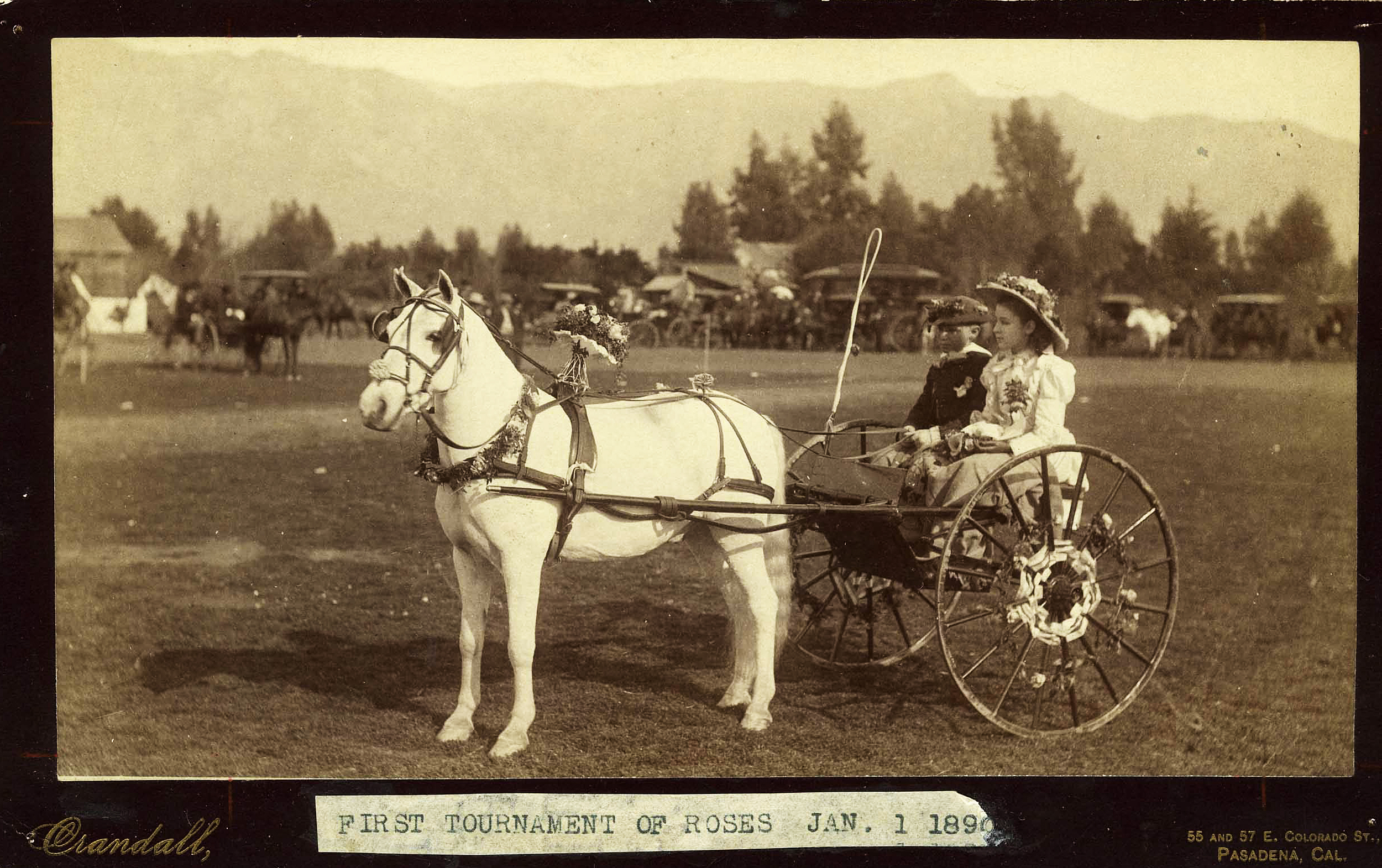
A buggy during Pasadena’s first rose pageant on Jan. 1, 1890.
Pasadena Museum of History
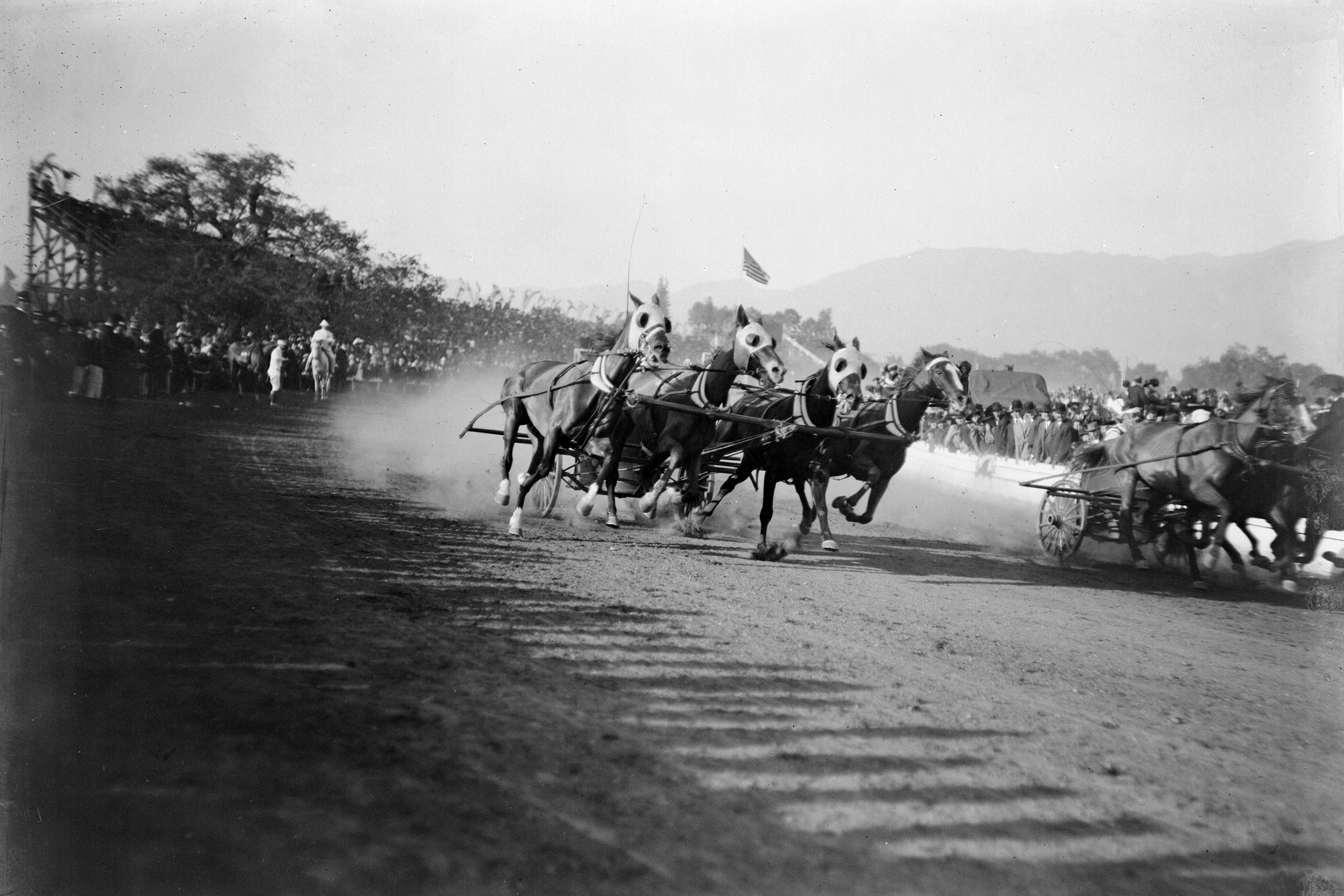
Chariot races during the 1908 celebration.
Los Angeles Public Library
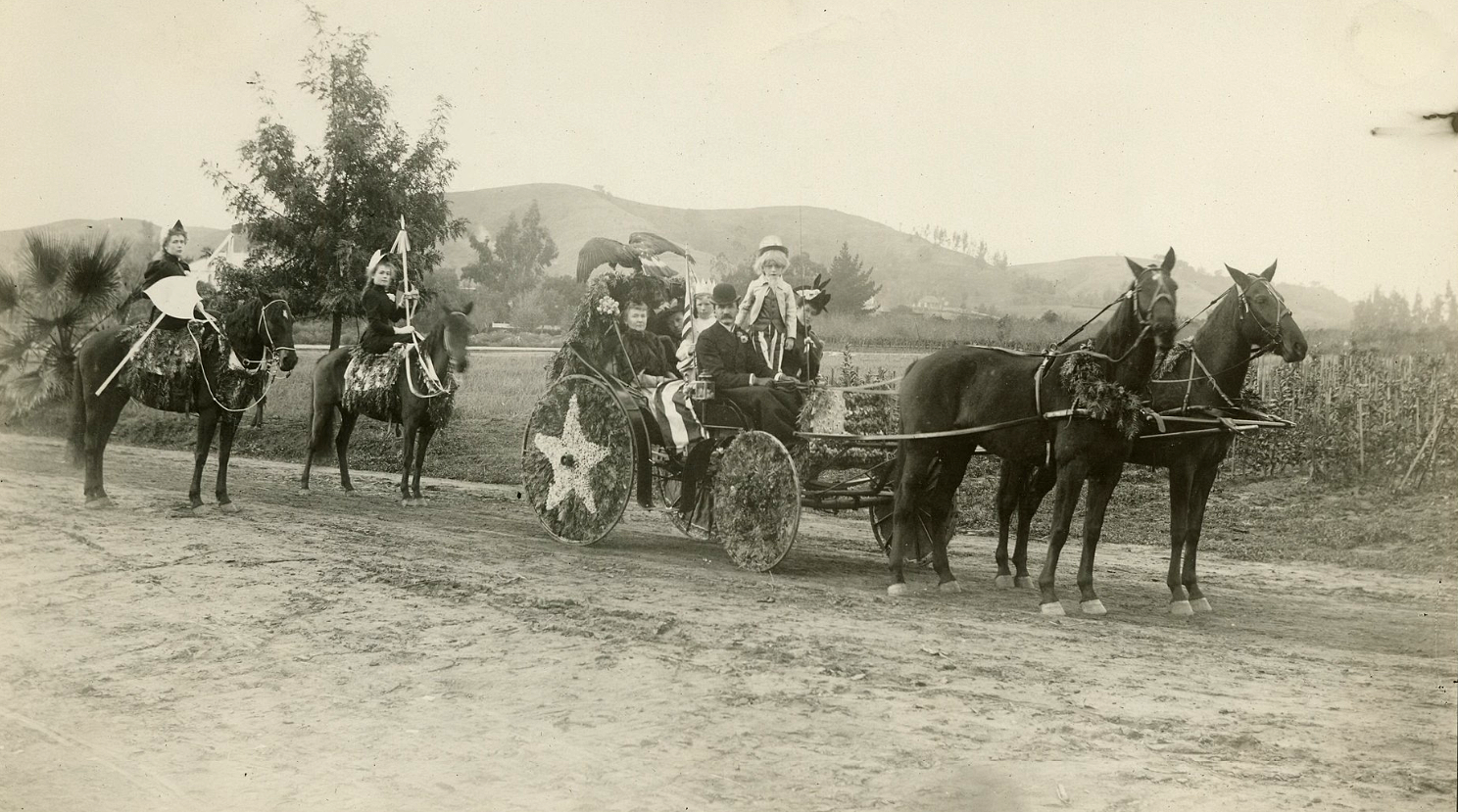
An early Tournament of Roses entry.
South Pasadena Public Library
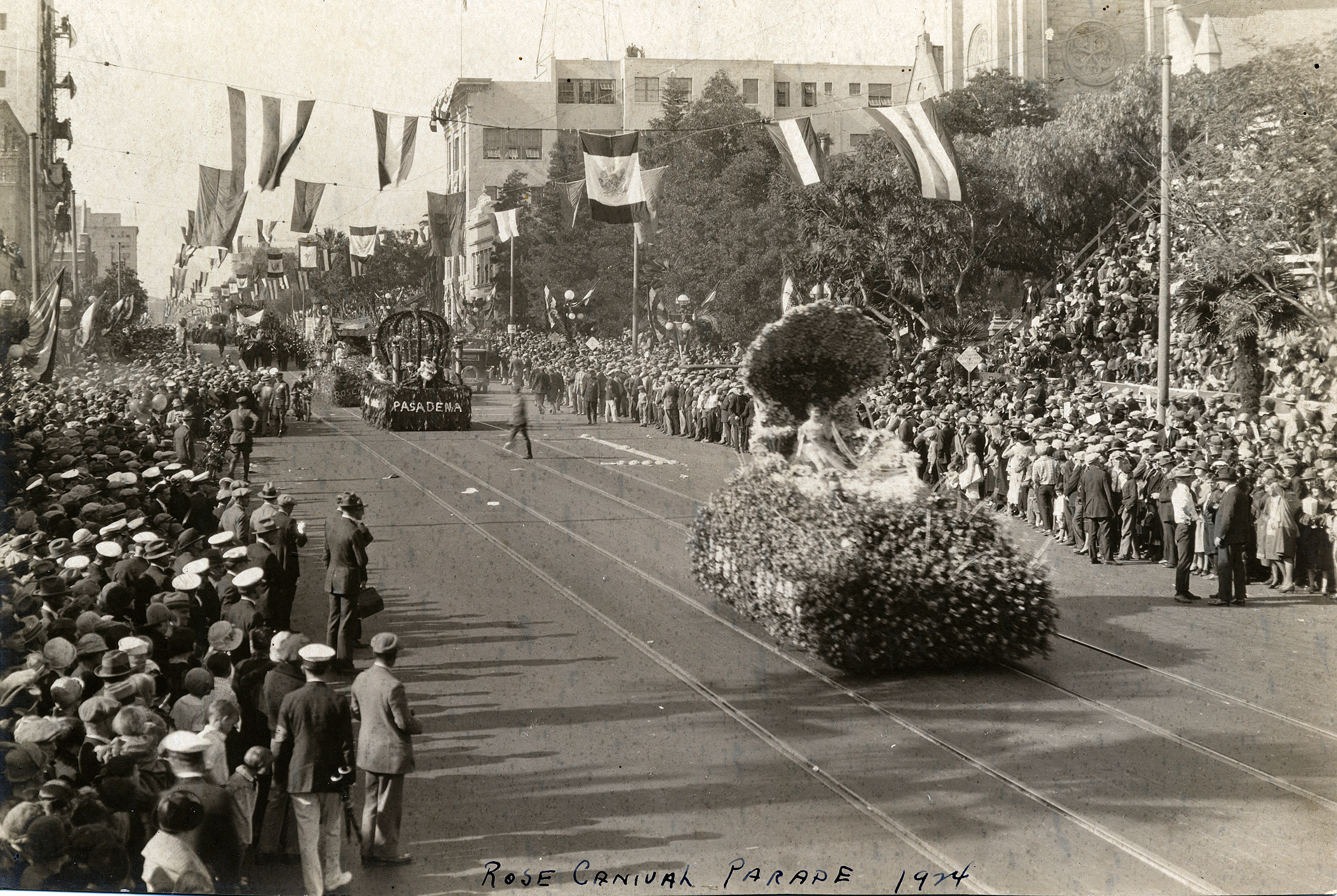
The rose parade in 1924.
California State Library
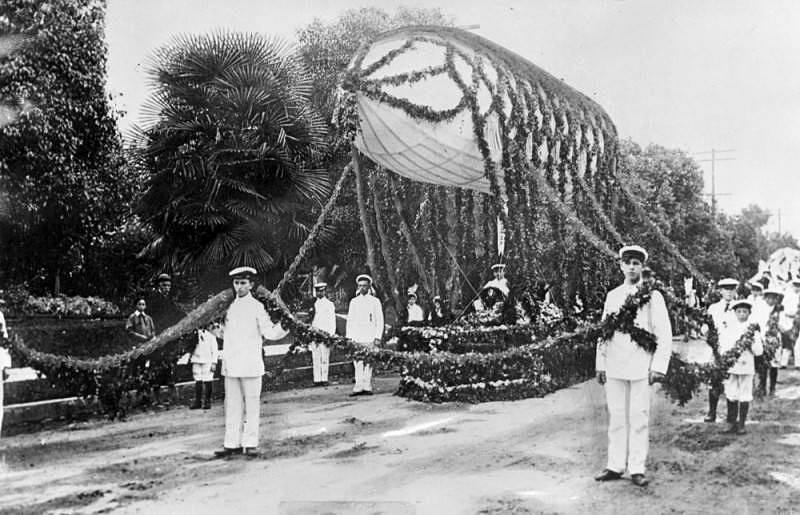
Altadena’s parade entry, circa 1908.
Los Angeles Public Library
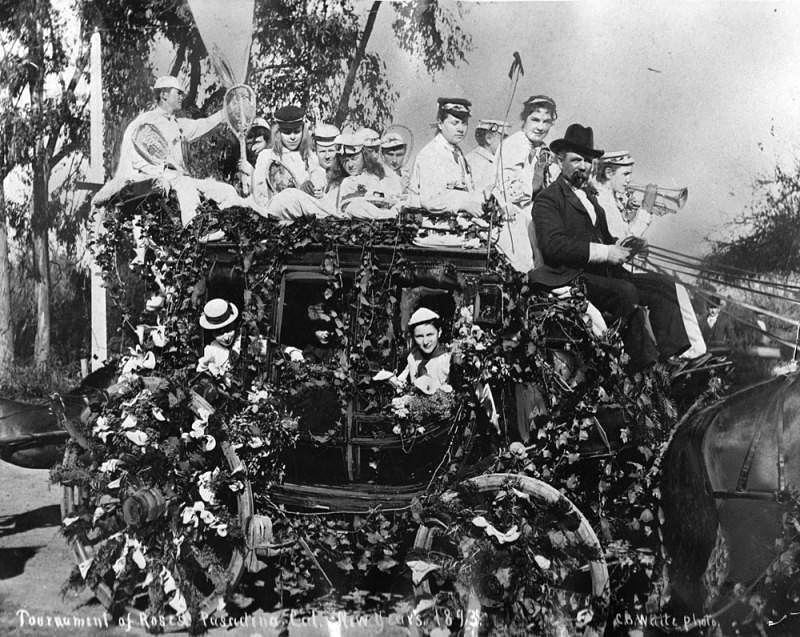
A tennis club’s entry in the 1893 parade, three years after the inaugural pageant.
Los Angeles Public Library
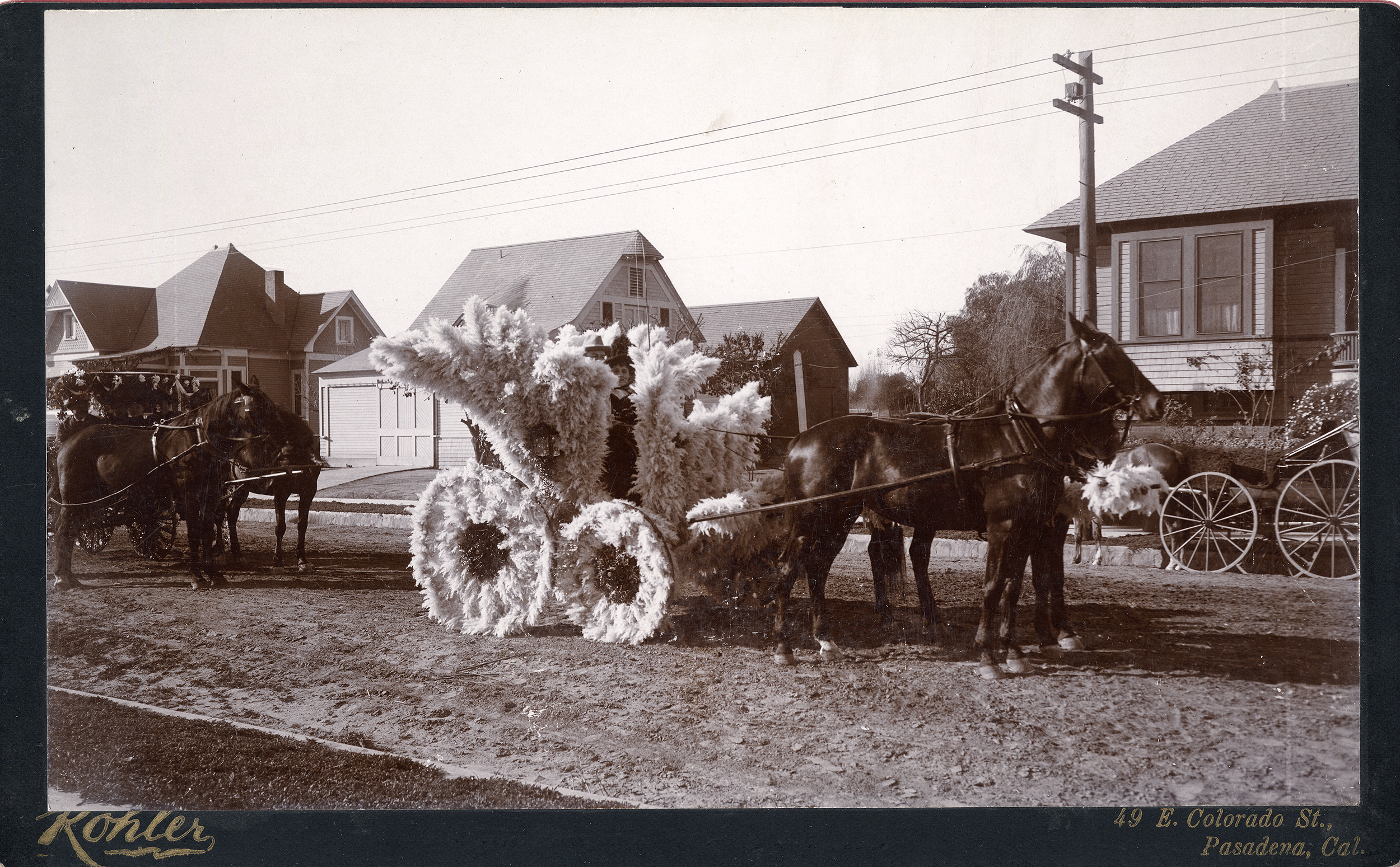
A buggy decorated with plumes, circa 1895.
California State Library
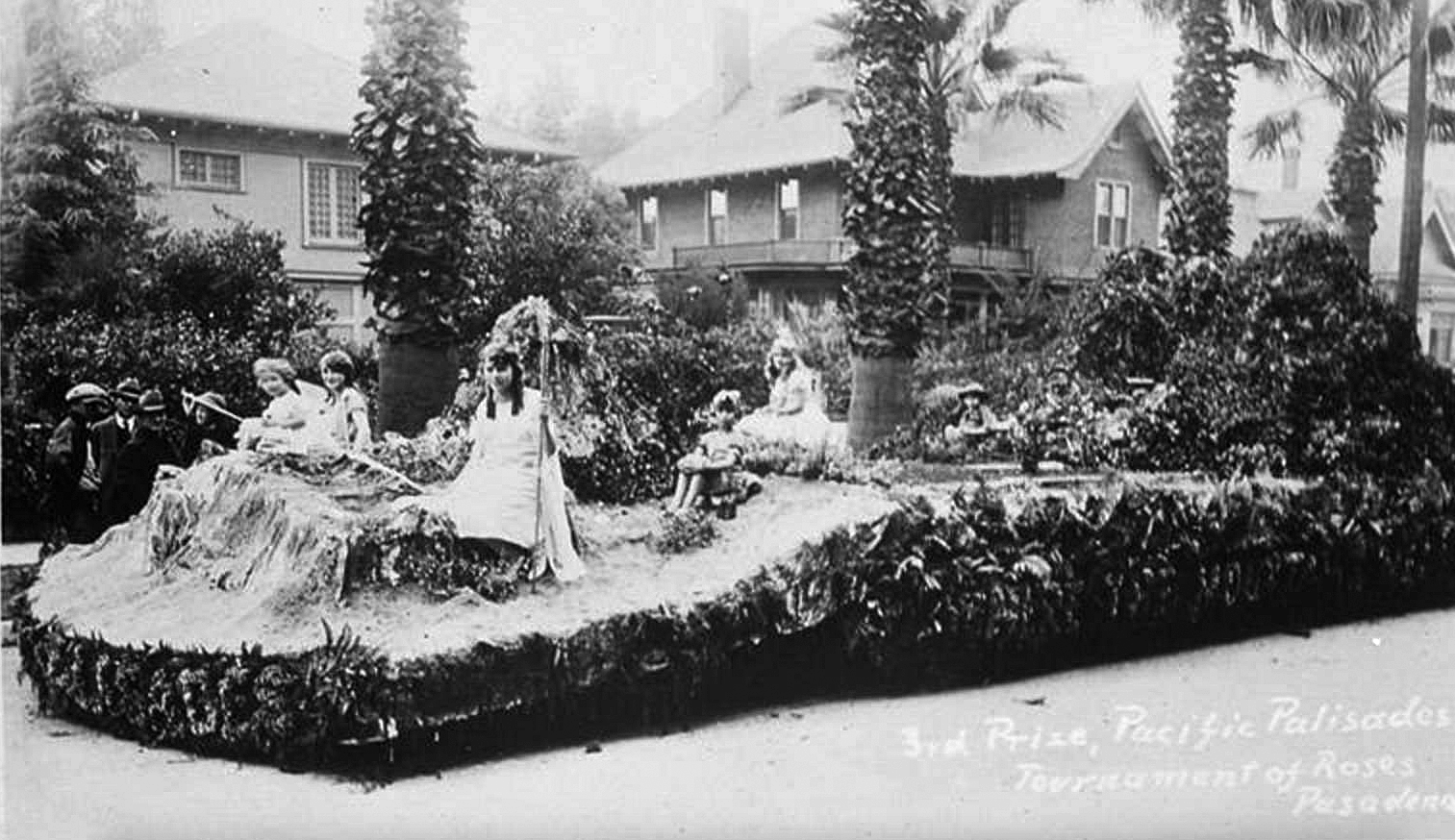
The Pacific Palisades float in 1925.
Pacific Palisades Historical Society
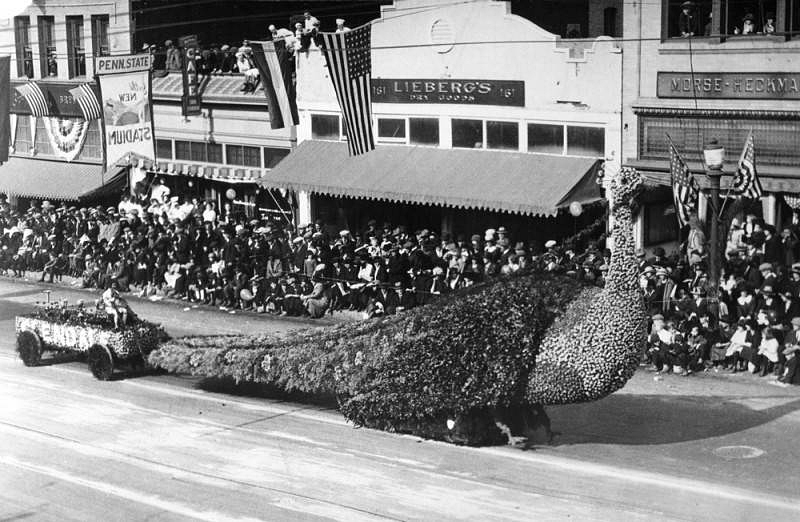
Glendale’s prize-winning float in 1920.
Los Angeles Public Library
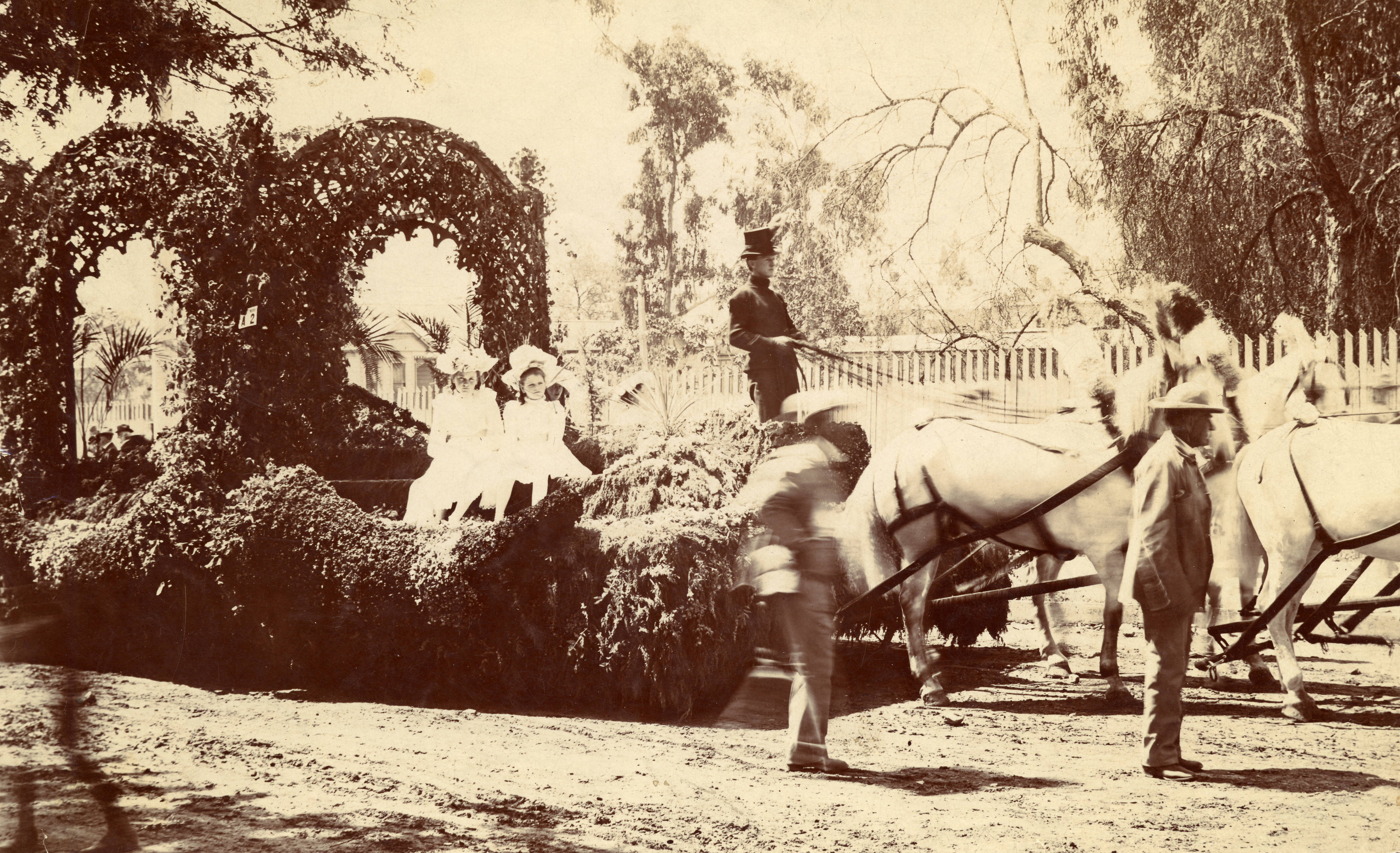
A greenery-laden float, circa 1902.
California State Library
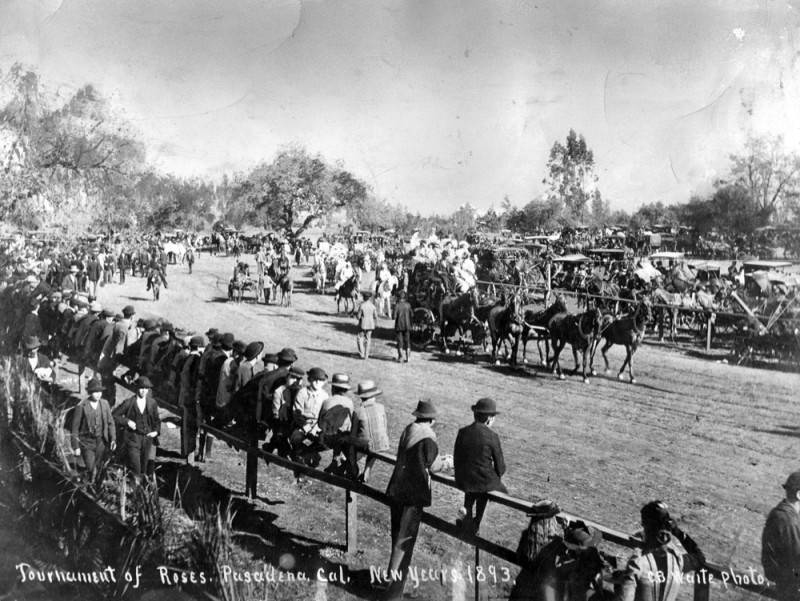
The rose parade in 1893.
Los Angeles Public Library
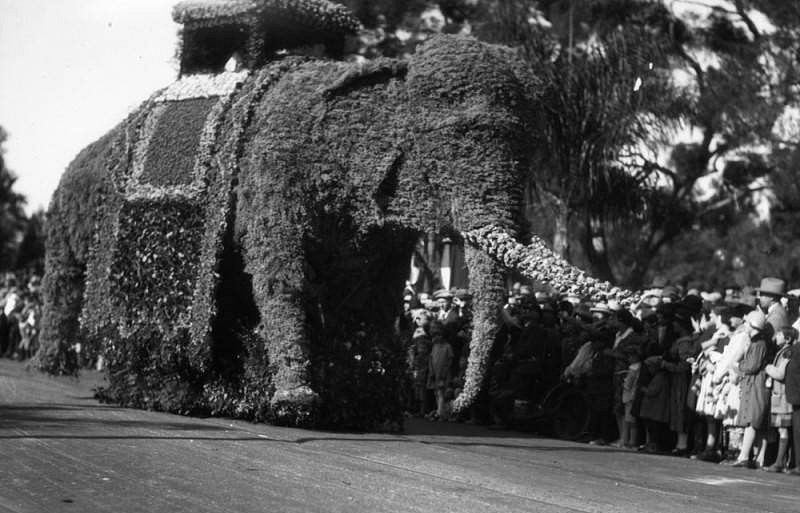
An entry in the 1928 parade.
Los Angeles Public Library
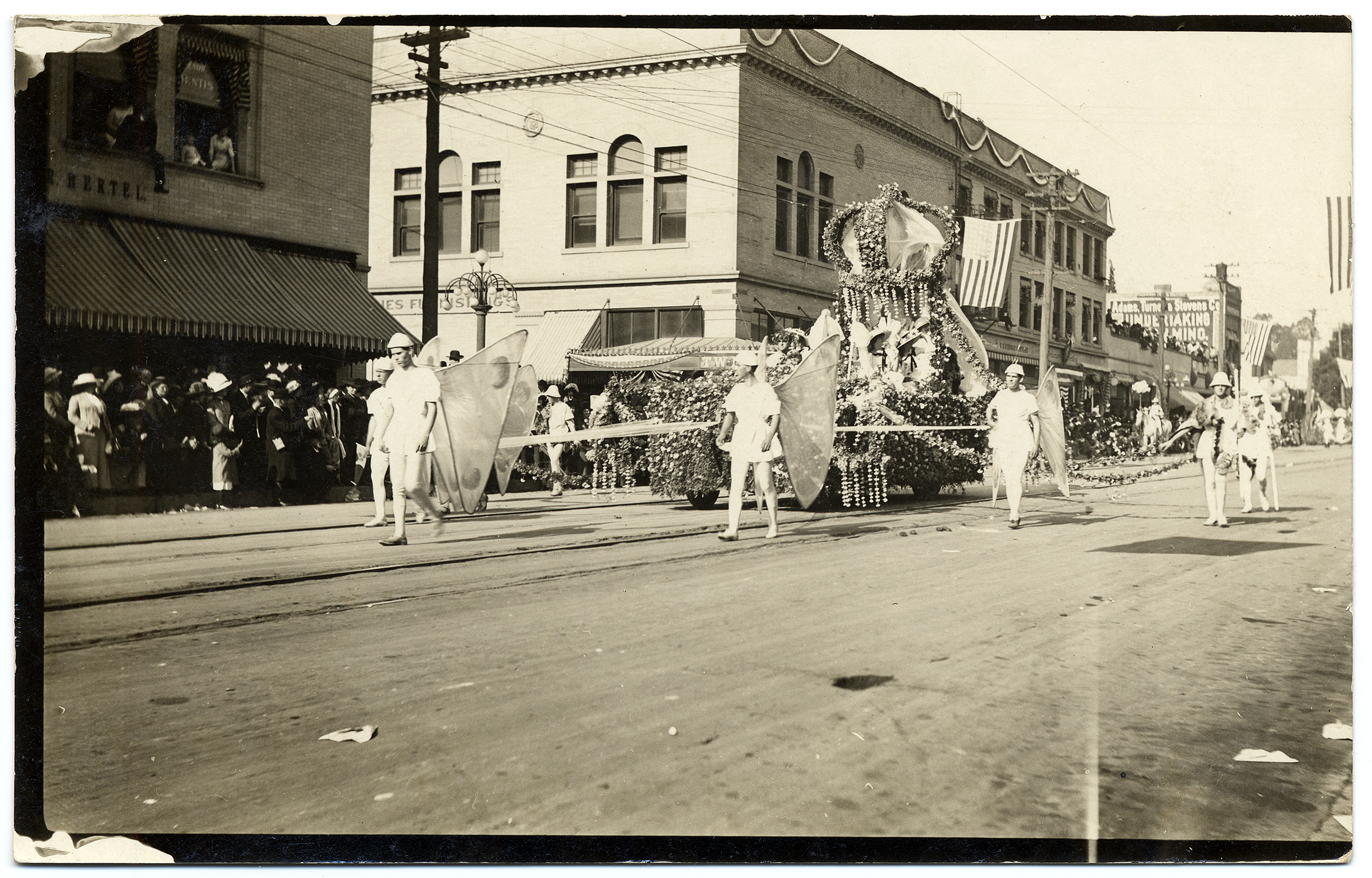
Fairies marched in the 1909 parade.
California State Library
This article is from the California Sun, a newsletter that delivers must-read stories to your inbox each morning — for free. Sign up here.
Get your daily dose of the Golden State.